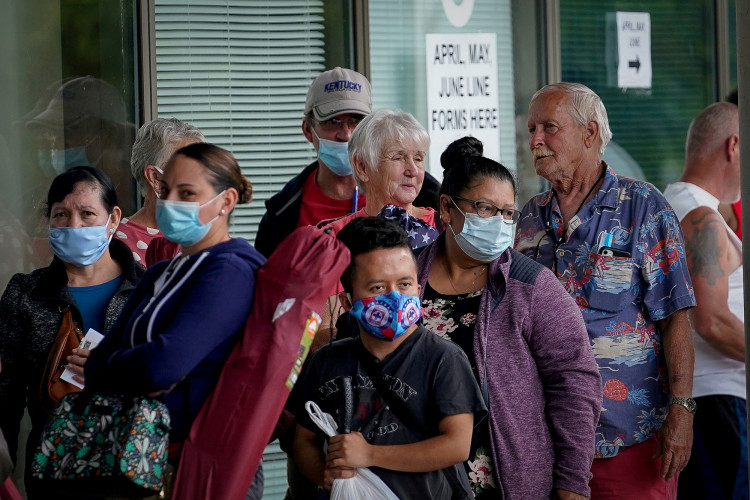U.S. employers added 177,000 jobs in April, surpassing Wall Street expectations and signaling ongoing labor market resilience despite escalating trade tensions and the early stages of President Donald Trump's sweeping tariff strategy. The Bureau of Labor Statistics reported Friday that nonfarm payrolls grew more than the Dow Jones forecast of 133,000, though slightly below the downwardly revised March figure of 185,000.
The unemployment rate held steady at 4.2%, in line with projections. The household survey showed an even stronger gain, with 436,000 more individuals reporting employment. The broader U-6 measure, which includes discouraged and underemployed workers, ticked down to 7.8%. The labor force participation rate edged up to 62.6%.
Stock futures and Treasury yields rose on the report, as markets interpreted the data as evidence of near-term economic strength. "We can push recession concerns to another month," said Seema Shah, chief global strategist at Principal Asset Management. "Job numbers remain very strong, suggesting there was an impressive degree of resilience in the economy in play before the tariff shock."
April marked the first full month following Trump's 10% "Liberation Day" blanket tariffs on U.S. imports, a move he later paused for 90 days amid international negotiations. While economists caution the real impact of tariffs won't be visible until future reports, the April data offers an early baseline for assessing policy effects.
Health care led sectoral gains with 51,000 jobs added, followed by transportation and warehousing (29,000), financial activities (14,000), and social assistance. Federal government payrolls shrank by 9,000 amid efforts led by Elon Musk's Department of Government Efficiency to reduce public employment. The sector has shed 26,000 jobs since January, though furloughed workers receiving severance remain categorized as employed.
Daniel Zhao, lead economist at Glassdoor, noted the timing. "This first jobs report post-Liberation Day is much too soon for the impacts of tariffs to show up," he said. "Even May may still be too early as businesses work down inventories."
Wage growth remained muted. Average hourly earnings rose just 0.2% month-over-month, below the 0.3% forecast. On an annual basis, wages climbed 3.8%, the slowest pace since July 2024. Revisions to previous reports shaved off 58,000 jobs, with March reduced by 43,000 and February revised down to 102,000.
The employment report lands ahead of next week's Federal Reserve policy meeting. The central bank is widely expected to hold its benchmark rate steady but is closely watching whether tariffs will spur inflation or drag on growth. Markets are currently pricing in a quarter-point rate cut as early as June, with additional cuts expected by year-end.






